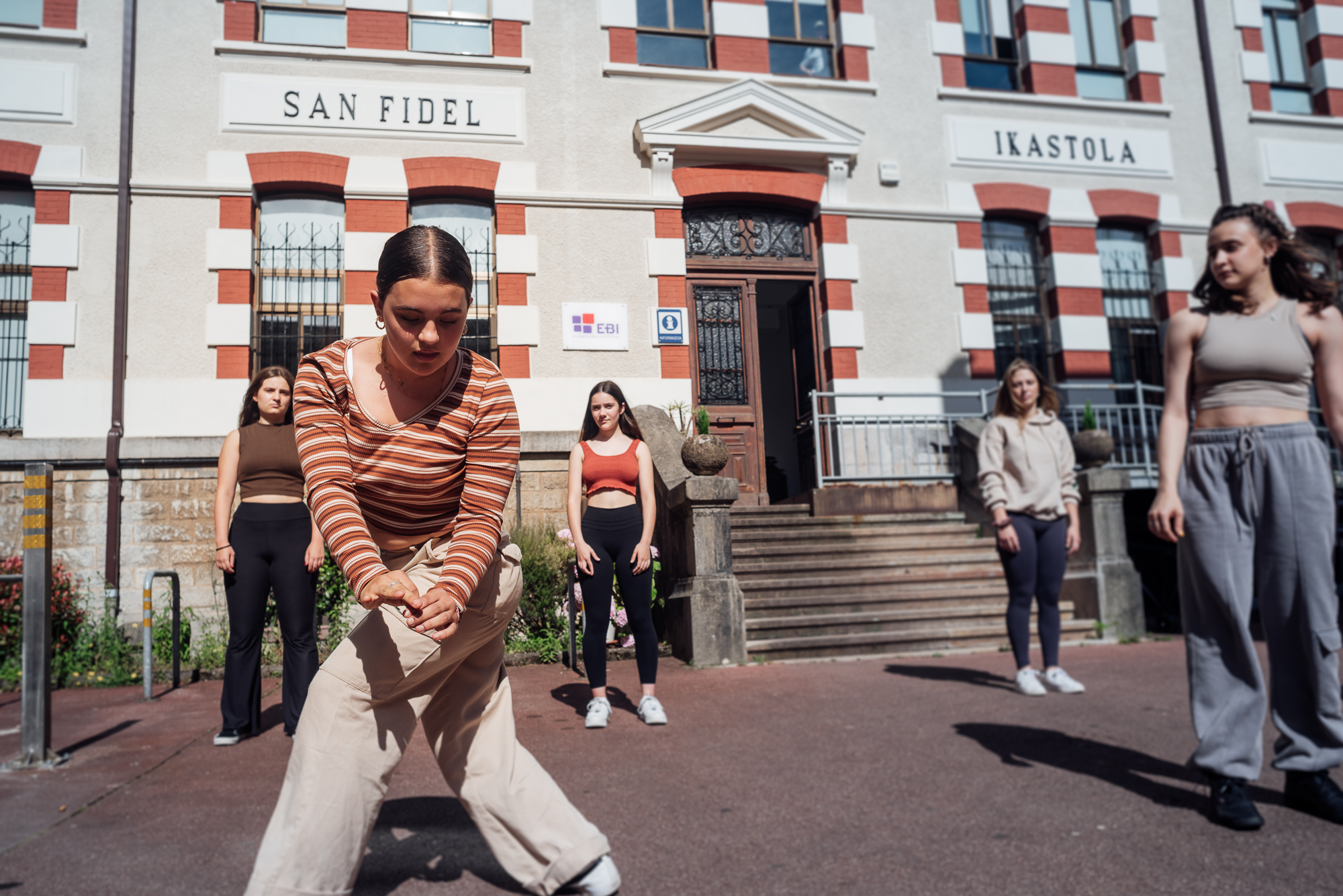The Spanish Basque Country is known for its rich culture and great artistic passion. A special symbiosis of art and social commitment has been created in a small community near Bilbao in the Urdaibai area of Gernika.
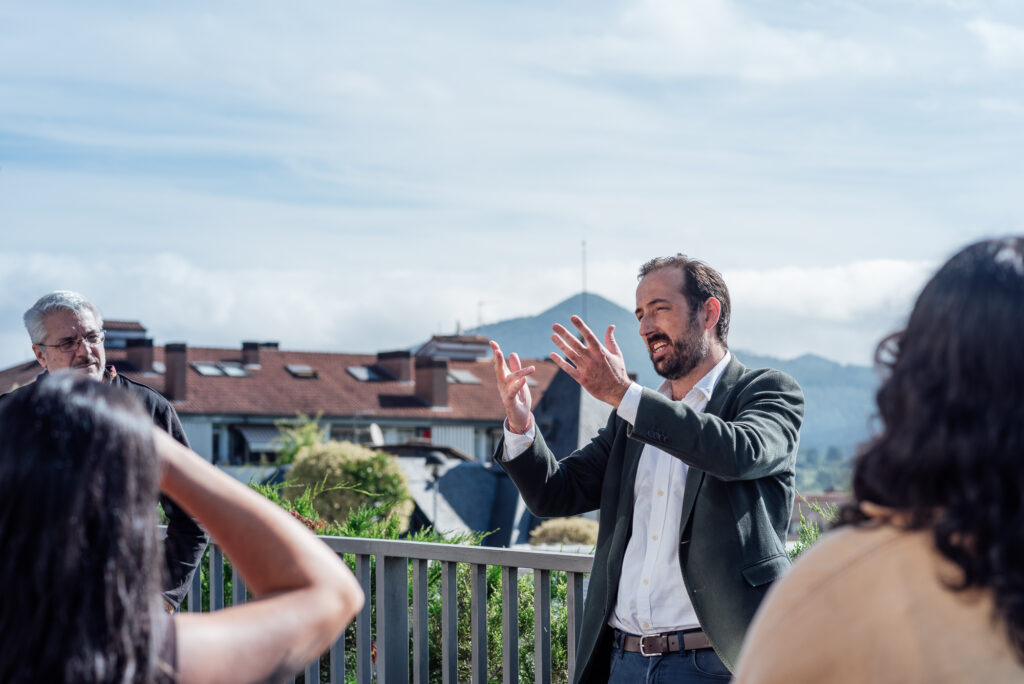
At the centre is the San Fidel School with its 200 solar panels on the roof. It is the centrepiece of an energy community that supplies a total of 150 households, shops and public buildings with electricity. In this way, they avoid CO2 emissions of over 885 tonnes per year.
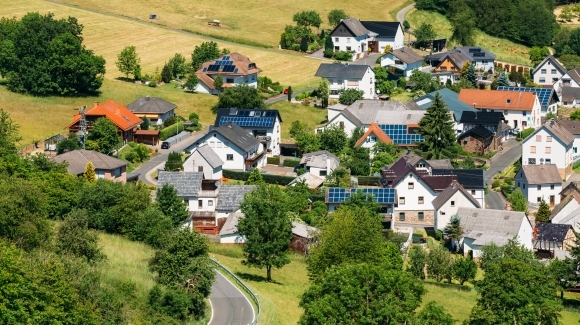
This is a true success story, driven by the community and co-created with students from San Fidel School and the second Olaeta Music School. It represents a movement committed to the belief that sustainable action, social responsibility, and art are intertwined in a successful symbiosis.
In July of this year, two jam-packed days based on the co-creation of social change, art and science in Gernika San Fidel, have made a big difference to the inhabitants.
‘Summer course on Energy Community’
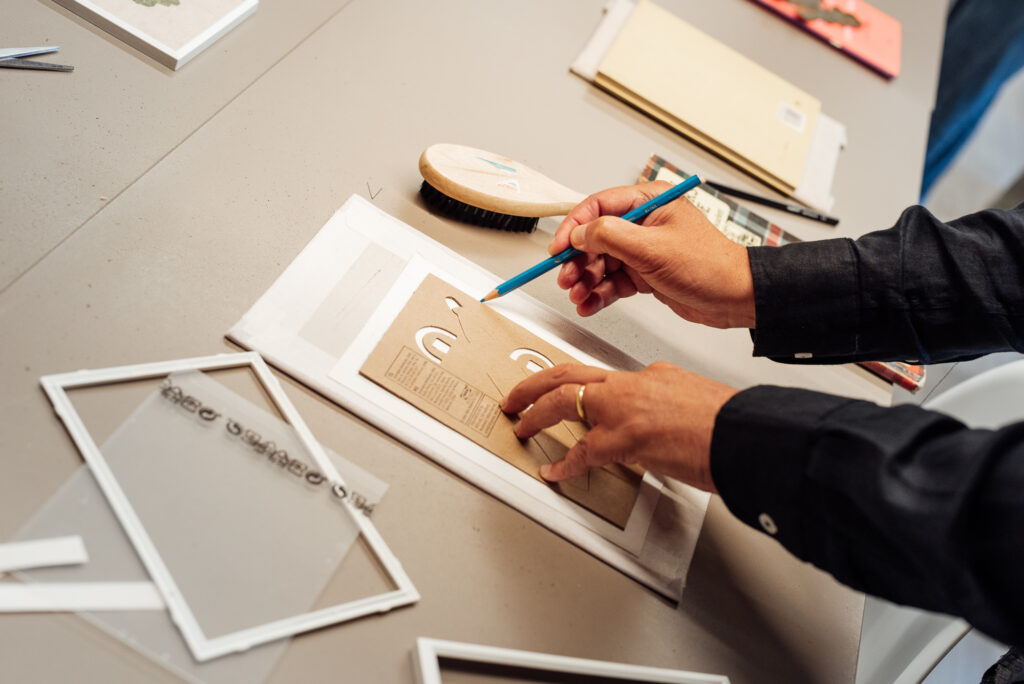
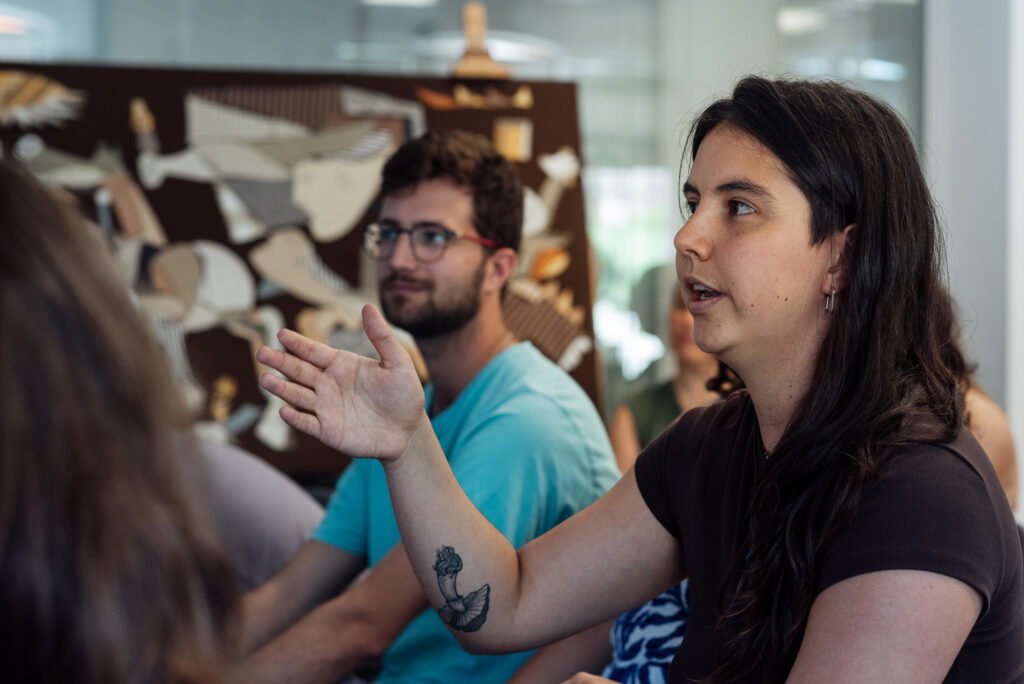
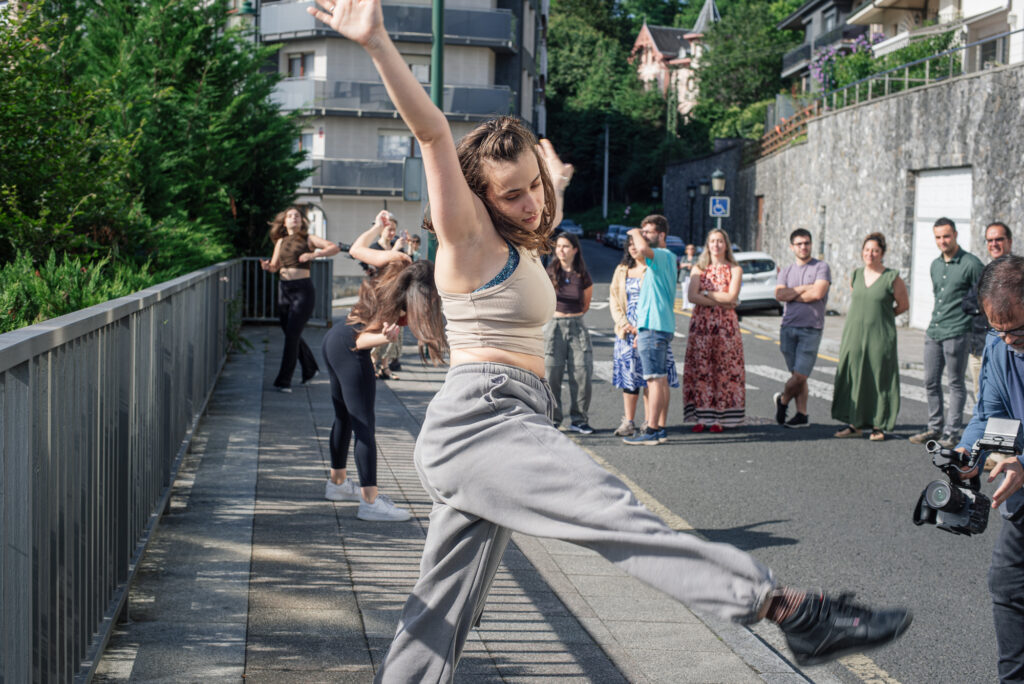
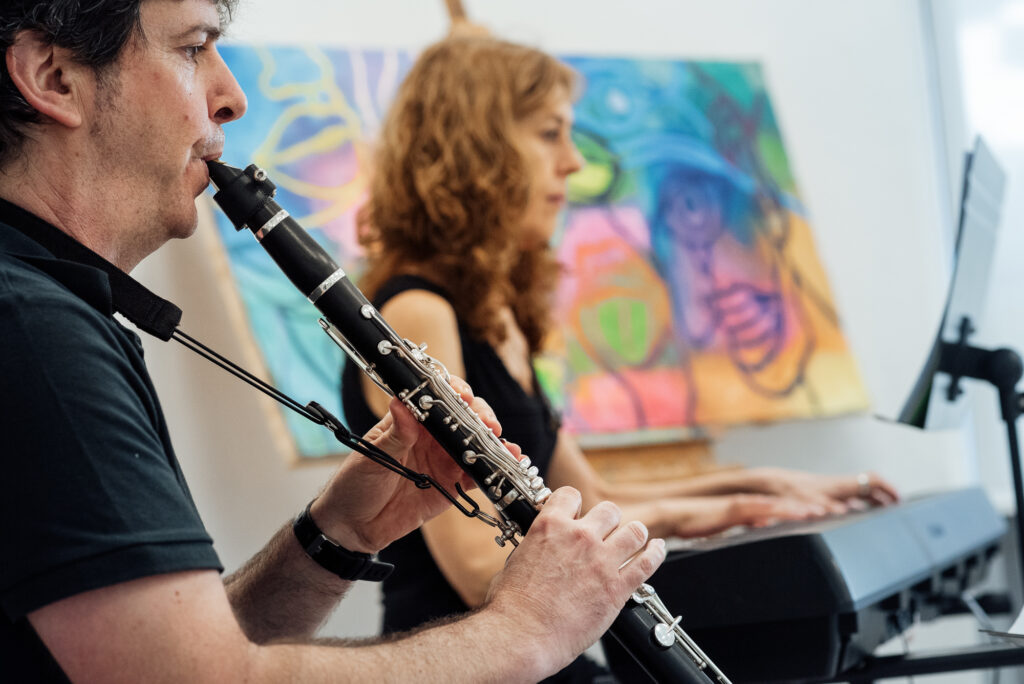
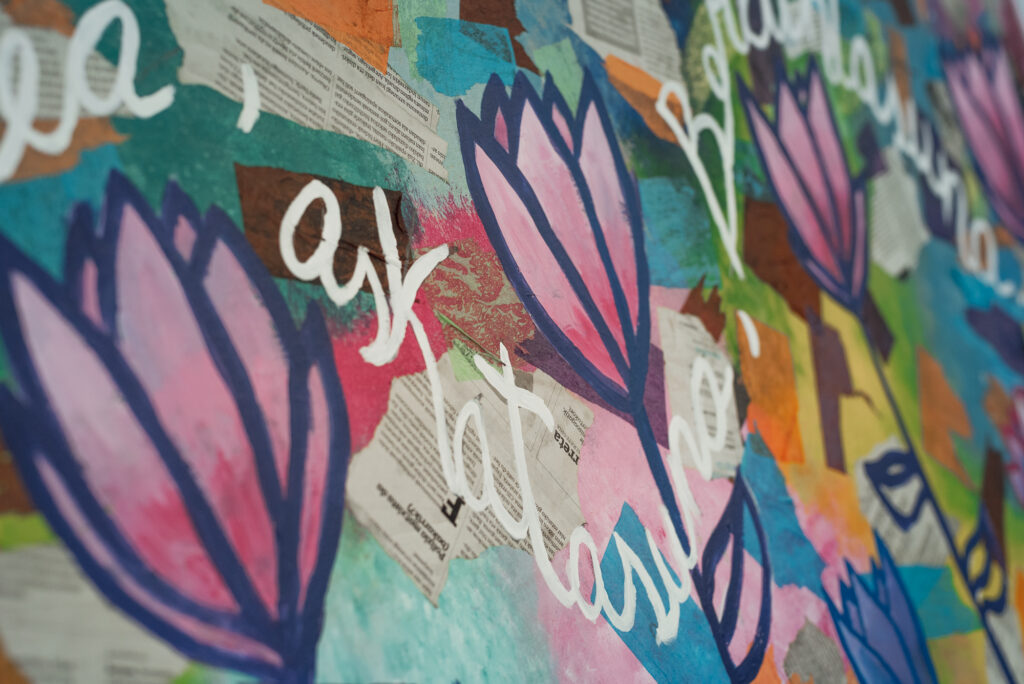
Photo credits: Cluster GAIA
Talks, lectures, dance productions, artistic workshops and round tables were as much a part of the programme as sharing knowledge and experiences with other communities.
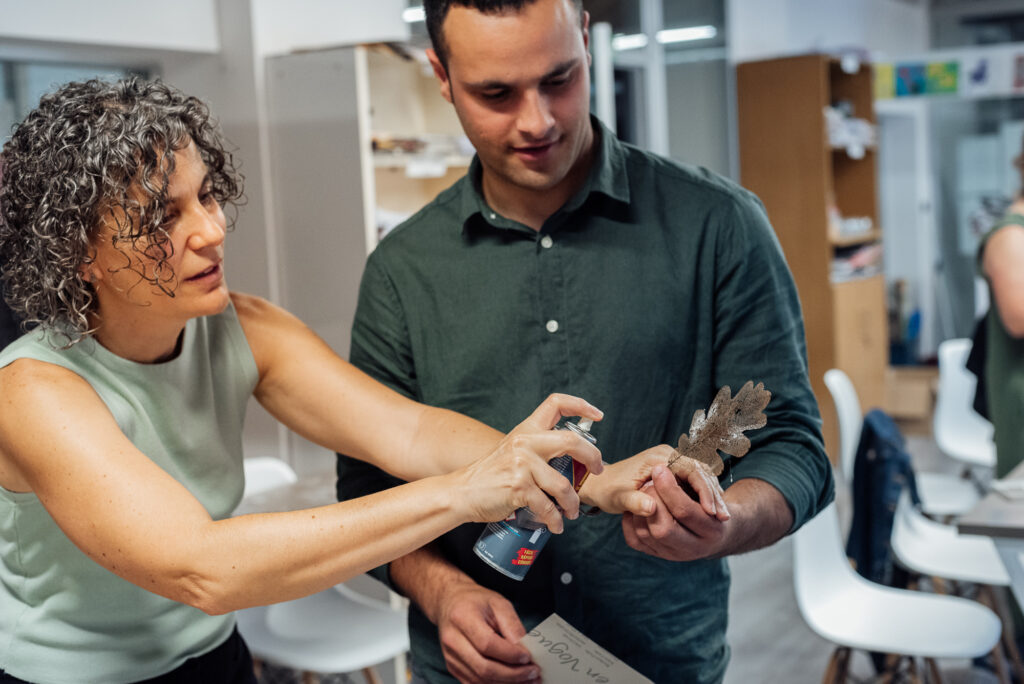
KEY FINDINGS OF THE INITIATIVE
| The interaction has had a notable impact on the municipality of Gernika-Lumo, of almost 17,000 inhabitants, as the San Fidel school has installed a total of 200 solar panels on its roof, which will supply renewable energy not only to the school, but also to the surrounding infrastructure: 150 homes, shops and public buildings such as the Santanape sports centre. Specifically, the implementation of the project will contribute to avoiding the emission of 885 tonnes of CO2 per year and will involve the stakeholders of the Quintuple Helix. The artistic approach taken during the Summer Course on Energy Communities + Art & Culture in Urdaibai has had a significant impact on the participants, shaping how they perceive and engage with the concepts of sustainability, community, and innovation. By incorporating dance, music, and collaborative art-making into the discussions about energy communities, the event provided a unique and memorable experience that went beyond technical knowledge. Here’s how participants are expected to benefit from this interaction and what they might do differently in the future: Promotion of internationalisation – The Summer Course had the participation of different international agents: University of Applied Sciences Technikum Wien; the Department of Renewable Energy University of Applied Sciences Technikum Wien; EURAC RESEARCH; CluBE; members of New European Bauhaus; GNE Finance; and the European projects Birtuoss and Prolight. This European collaboration serves to strengthen an exchange of best practices between countries, to create a precedent for consortia in European projects, as well as to unify criteria in accordance with sustainable practices. Inspiring creative approaches to problem-solving related to energy saving – The artistic components of the second seed highlighted the importance of culture and creativity in addressing complex challenges like sustainability. By observing and participating in the artistic joint work, participants saw firsthand how creative processes can be applied to real-world problems related to Energy Communities and sustainable practices. The artistic framework demonstrated that sustainability is not just a technical challenge but also an opportunity for imaginative and holistic thinking, which can lead to more inclusive and engaging solutions that involve actively different partners: citizens, local authorities, local artists, researchers and experts in sustainability. Fostering a sense of community and collaboration – The collaborative nature of the artistic joint work, through the performances of local artists and students of San Fidel, allowed participants to build a sense of community among themselves. Working together on a Living Lab based on co-creation, showed the collaborative efforts required to develop energy communities, reinforcing the idea that everyone’s contribution is valuable. This experience is likely to influence how participants approach future projects, encouraging them to seek out partnerships, value diverse perspectives in terms of Energy Communities through Art and Culutre, and foster collective action. The sense of belonging and shared purpose cultivated during the event, aligned with the Art-Design Thinking, may inspire participants to become more active and engaged in their local communities, promoting initiatives that align with the principles of sustainability and energy saving. Rethinking communication and public engagement – The cultural and artistic approach also demonstrated effective ways of communicating complex concepts to the public related to energy, sustainability, architecture, urbanism and nature-based solutions. In the future, participants, especially public authorities and local administrations, might incorporate more creative methods into their communication strategies, using storytelling, visual arts, or performance to reach and inspire different segments of the citizens to deal with societal and sustainable challenges. Encouraging personal reflection and behavioral change – Art often serves as a mirror, prompting individuals to reflect on their own beliefs, behaviors, and roles within larger systems. The performances and artistic activities encouraged participants to think about their personal impact on the environment and how they can contribute to a sustainable future through their energy consumption and their involvement in their own community. This reflective process is expected to inspire behavioral changes, both small and large, as participants integrate the values of sustainability linked to the Energy Community into their daily lives. Impact on future initiatives – Overall, the artistic and co-creative approach of the Living Lab linked to Energy Communities has set a precedent for integrating cultural and creative dimensions into sustainability efforts. Participants can incorporate art and culture into future initiatives, whether through educational programs, community events, or public art projects that promote environmental consciousness. By embracing the arts, they can create more engaging, inclusive, and impactful sustainability projects that resonate with broader audiences. This blending of art and sustainability not only enriches the discourse but also helps to cultivate a culture of creativity, collaboration, and environmental stewardship in communities like Gernika-Lumo. |
